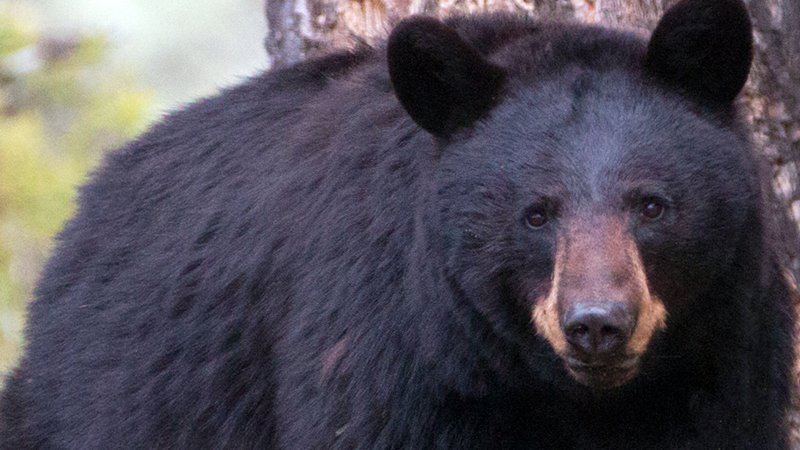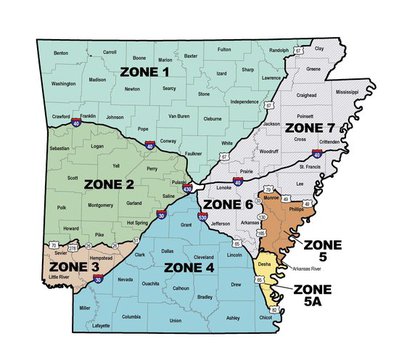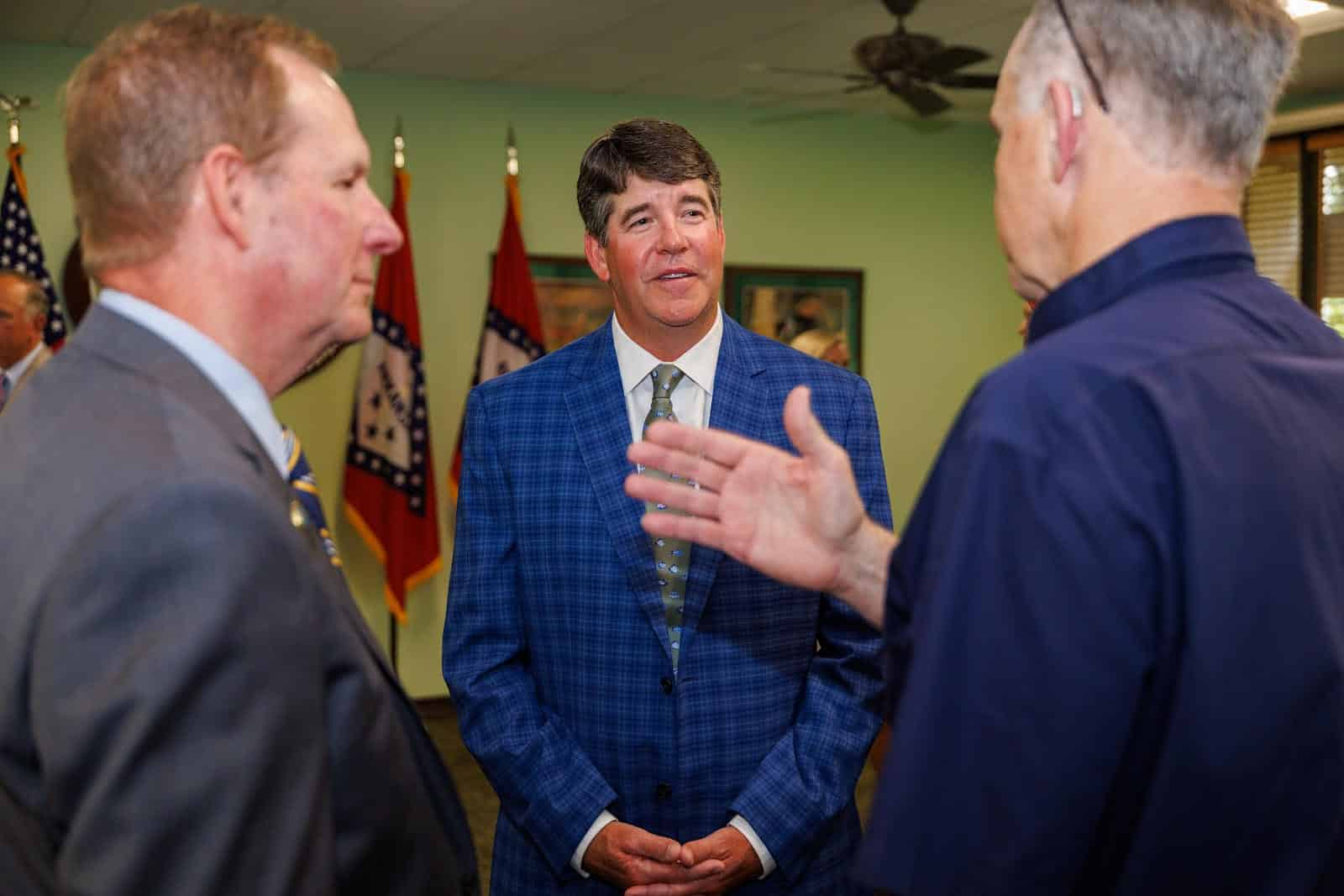Inaugural south Arkansas bear season opens tomorrow
ON 12-09-2022

Dec. 9, 2022
Randy Zellers
Assistant Chief of Communications
LITTLE ROCK — Beginning tomorrow and for the first time in modern history, Arkansas hunters will be able to legally harvest a black bear in the Gulf Coastal Plain and portions of the Delta in south Arkansas. While the Arkansas Game and Fish Commission is excited about this milestone in conservation and opportunity for hunters, there are a few key points to remember to get the most out of the hunt and ensure it remains a fixture in Arkansas’s outdoors.
Black bear season for Bear Zones 3 and 4 is Dec. 10-16, but may close earlier than Dec. 16 if the quota for the zone is reached.
“We’ve set the quota at 25 bears for Zone 4 and five bears for Zone 3,” Myron Means, AGFC Large Carnivore Program Coordinator, said. “Hunters need to call the wildlife hotline (800-440-1477) before their hunt to check the harvest number and make sure the quota hasn’t been reached. I’ll be updating that hotline every day at noon and every evening at 6 p.m. The season will end in the respective zone if the quota is reached or Dec. 16, whichever comes first.”
Hunters may use modern guns, muzzleloaders or archery equipment, and the statewide limit is one bear per season.
Hunters successful in killing a bear must immediately check their bear through the AGFC’s mobile app, website or call 877-731-5627 to report their harvest. Just as with deer, once a bear has been checked it does not need to be tagged unless it leaves your possession (left at deer camp, taxidermist, processor, etc.). If a hunter cannot immediately check the bear, they must make their own tag with ink, including their name, date and bear zone of harvest. They may check the bear within 12 hours of harvest.

All successful hunters will also be required to submit a premolar from the bear. The AGFC’s bear team will mail them a packet including bags for the premolar and a hair sample with instructions on how to complete the process.
“The premolar submission is required, but the hair sample is optional; however, getting us a hair sample is very helpful in our research and continued monitoring of the population,” Means said.
Means says the warm weather may have more female bears out feeding instead of denning up, and hunters should avoid shooting any female bears with cubs.
“It’s legal to shoot one, but those cubs are the future of the population and they will den with their mother for an additional year,” Means said. “If you can tell that it’s a female, honestly it would be best to let her pass. We worked on a video to help hunters tell the difference between boars and sows, but obviously if a cub is with the bear, it’s a sow.”
Means also cautions that there are some research bears in south Arkansas that he’d prefer hunters pass on shooting. As part of the new season, biologists and staff have outfitted a few female bears with special satellite-tracking collars to give detailed information about their movements throughout the year, including hunting season. So far 13 of the dedicated 15 collars have been placed.
“Again, it’s legal to harvest a collared bear, but we really would prefer people give them a pass,” Means said. “These bears are giving us some very valuable information about the population and hunting season, and this is new territory that we really want to get some good data to help continue these hunts and keep our bear population healthy.”
Recent News

Arkansas Wildlife Weekly Fishing Report
Jul. 10, 2025

Lonoke aquaculturist named to AGFC
Jul. 10, 2025
Subscribe to Our Weekly Newsletter E-mails
Don’t miss another issue. Sign up now to receive the AGFC Wildlife Weekly Newsletter in your mailbox every Wednesday afternoon (Waterfowl Reports are published weekly during waterfowl season and periodically outside the season). Fishing Reports arrive on Thursdays. Fill in the following fields and hit submit. Thanks, and welcome!
